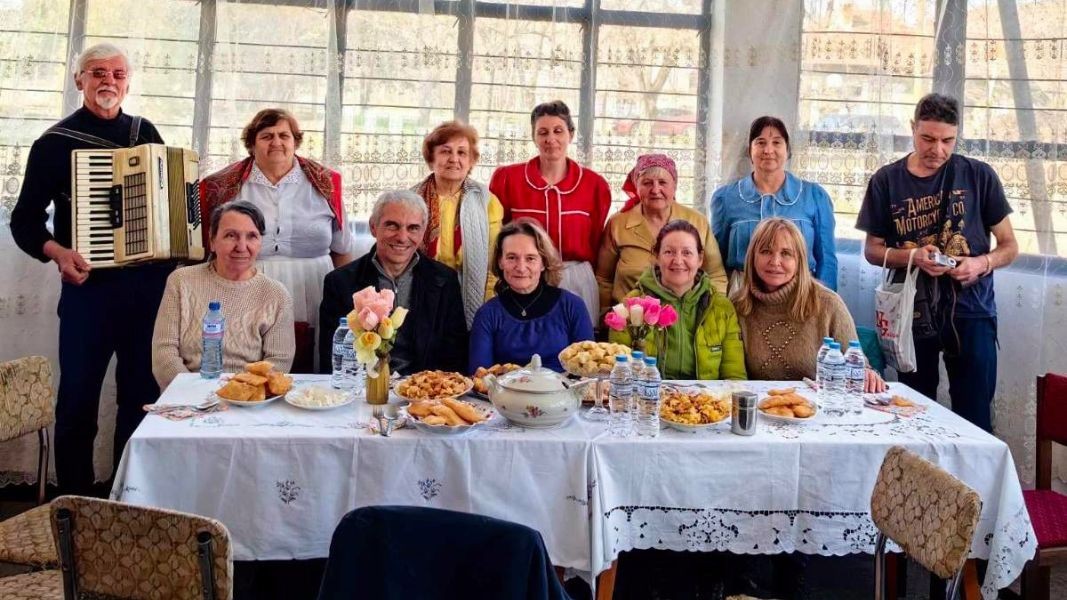
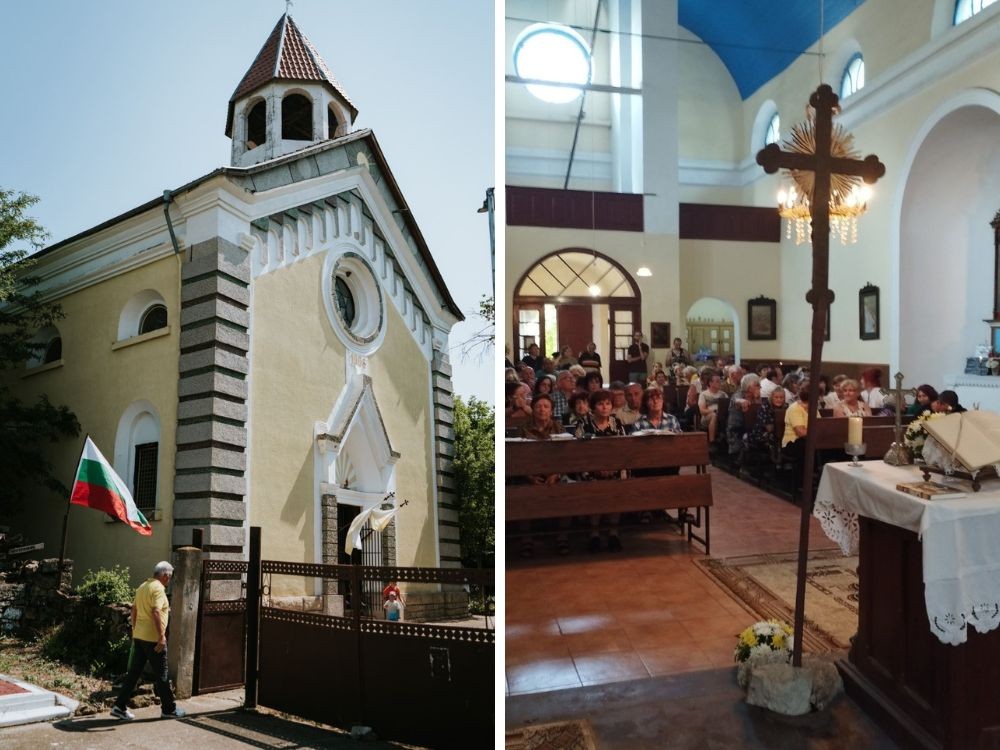
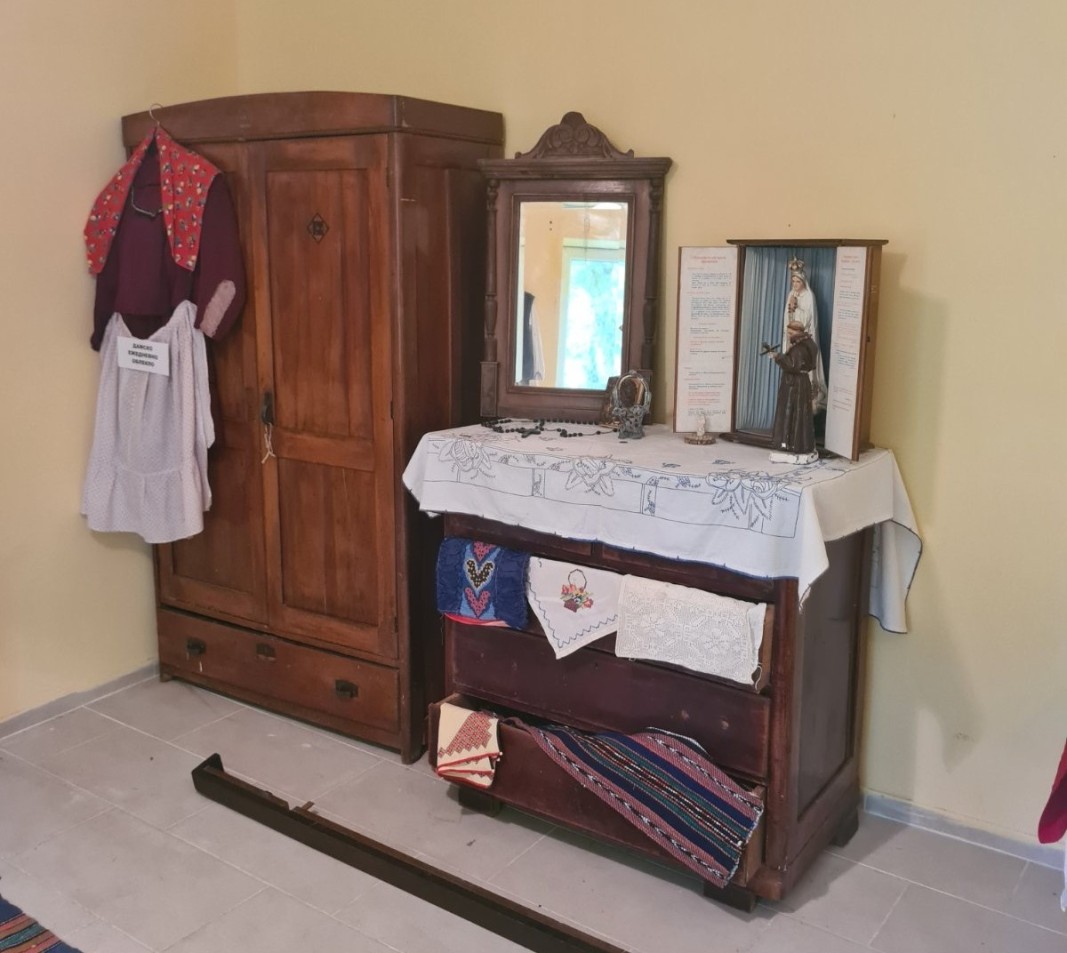
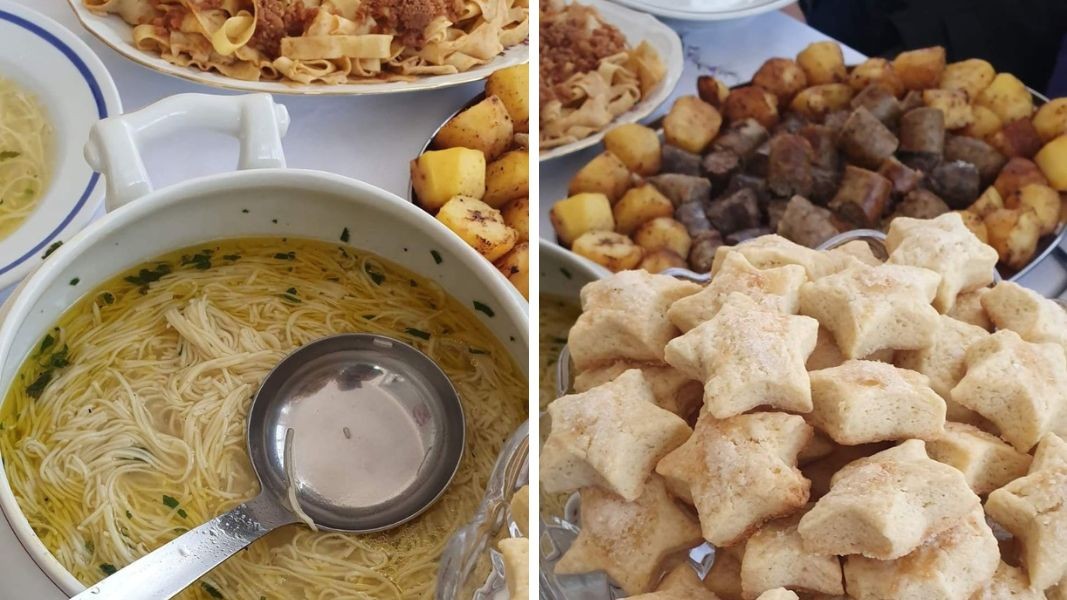
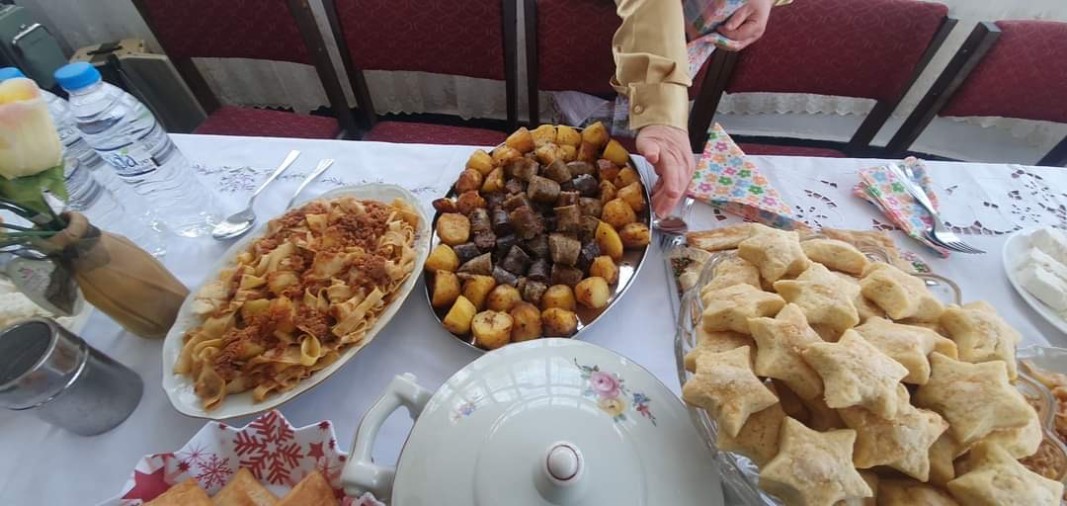
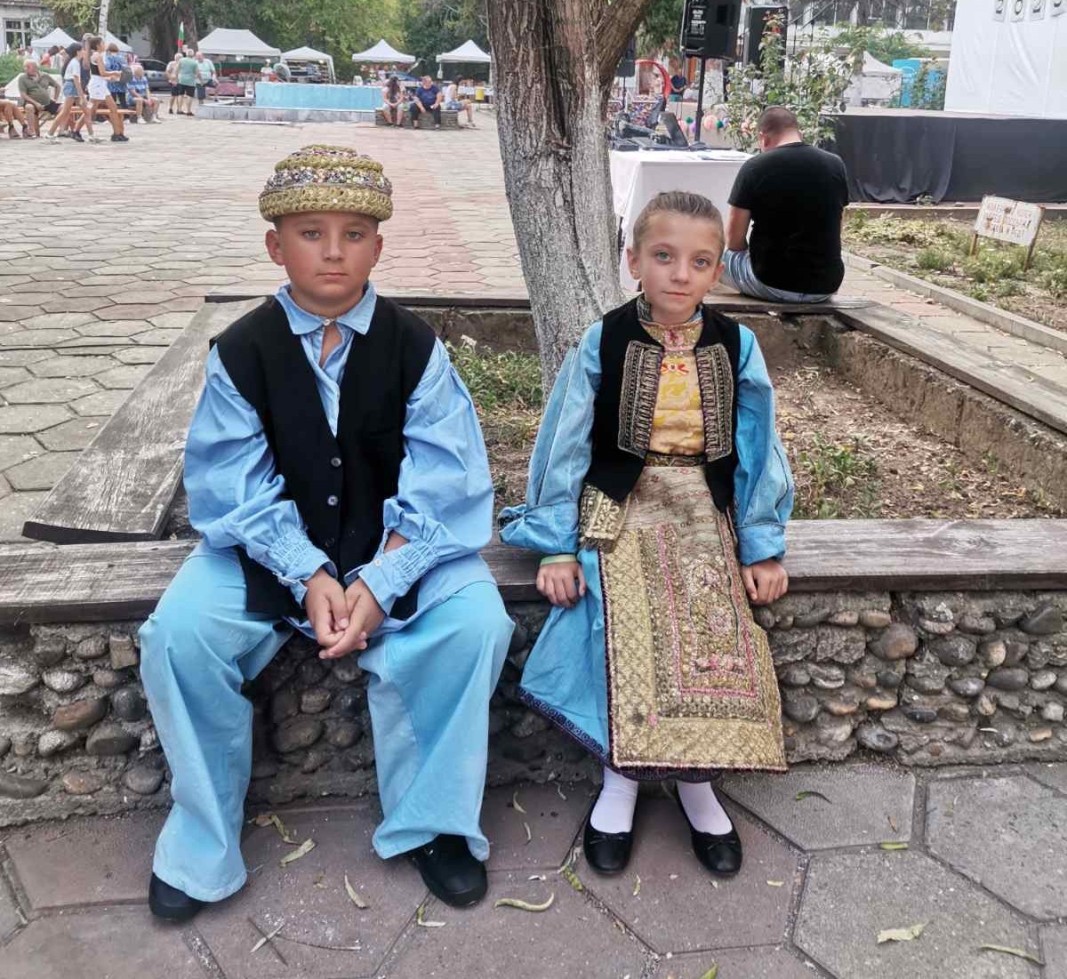
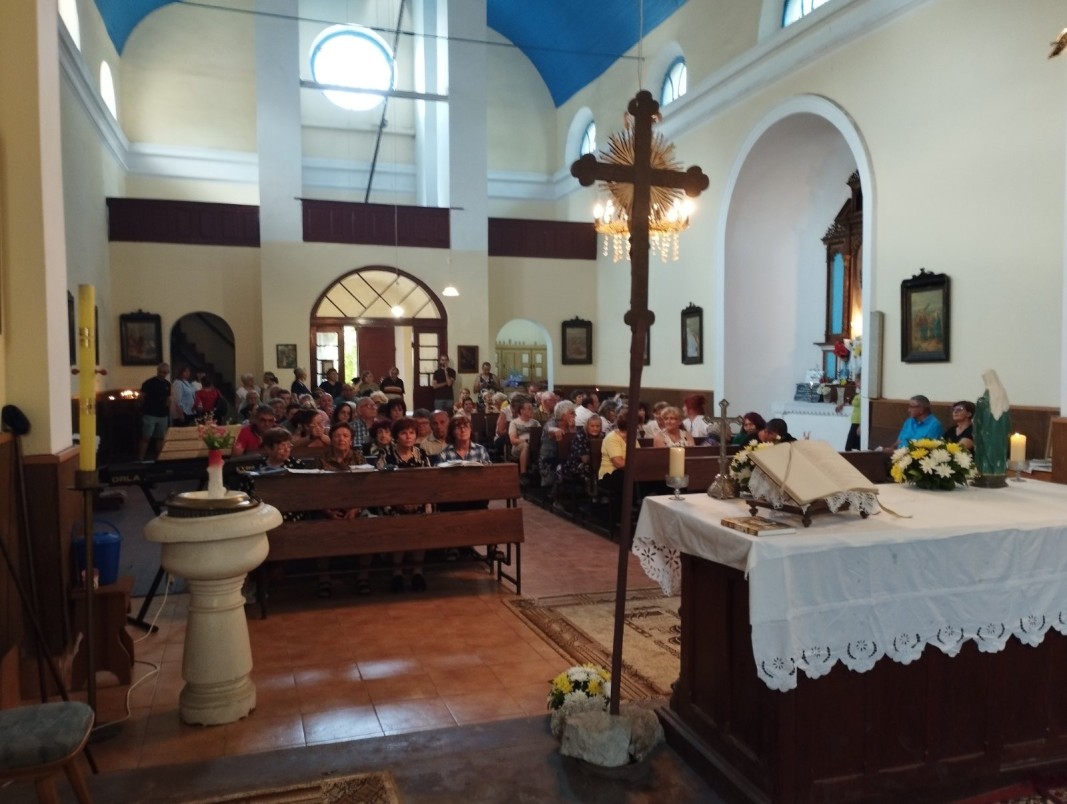
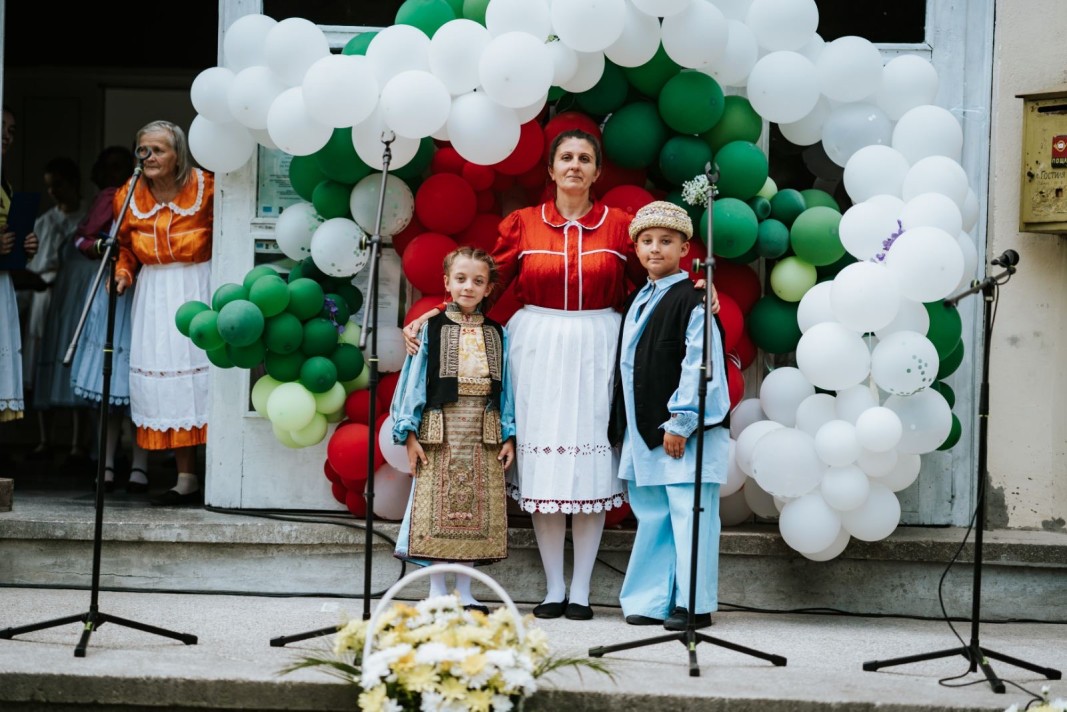
On the final day of their five-day educational trip across Bulgaria, pupils from the Bulgarian school 'Bulgarche' in Naples, Italy, visited the ancient site of Perperikon. The excursion was organised by the Ministry of Education and Science as part of..
If you are travelling from Gotse Delchev in the direction of Satovcha and Dospat, you simply must go and see a mystical place in the Western Rhdopes known as Gradishte. Less than two kilometres after Dolno Dryanovo village,..
When the temperature in Sofia mercilessly approaches 40°C, the air becomes heavy as lead and the streets get deserted, people begin to seek coolness in the mountains. Just about an hour's drive away, northwest of the capital city,..

+359 2 9336 661
